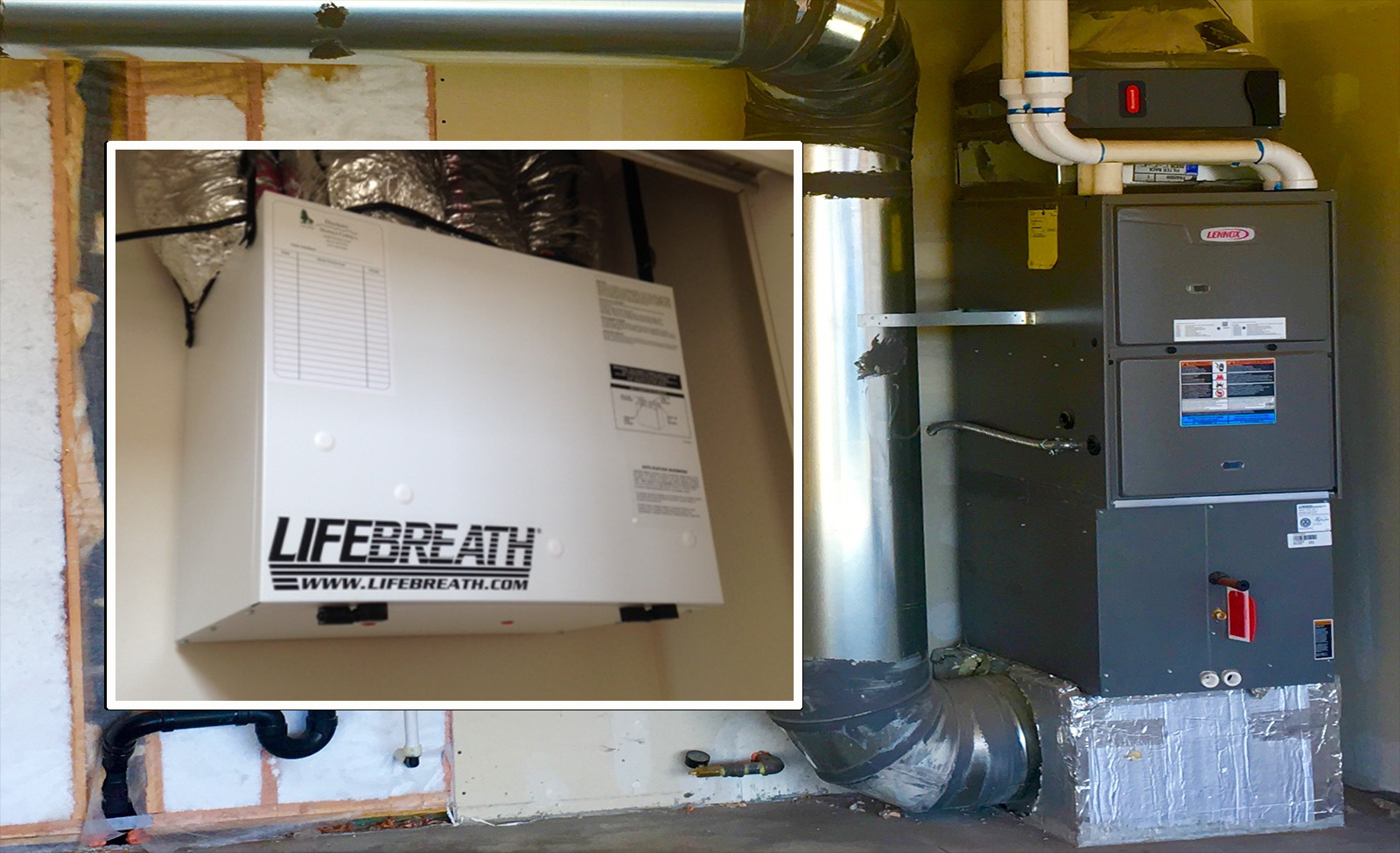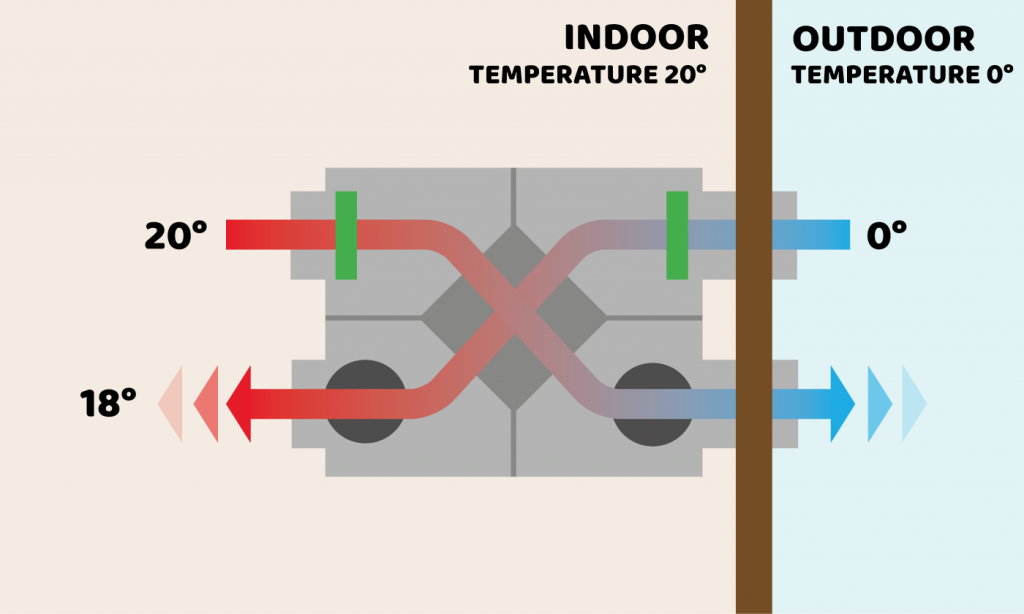Discovering the Conveniences of Heat Recovery Ventilation for Energy Efficiency in Houses
Heat Recovery Ventilation (HRV) systems use house owners a practical method to enhancing energy effectiveness. By recovering heat from outward bound air, these systems can substantially minimize cooling and heating costs. Furthermore, they supply a constant supply of fresh air, improving interior air top quality and convenience levels. As house owners take into consideration lasting options, understanding the subtleties of HRV systems becomes significantly crucial. What factors should one assess prior to making such a financial investment?
Recognizing Heat Recovery Ventilation Systems

Just How HRV Enhances Indoor Air High Quality

Energy Savings: The Financial Advantages of HRV
Taking full advantage of energy efficiency, heat recovery ventilation (HRV) systems provide significant economic benefits for house owners. By recovering and recycling warm from exhaust air, HRVs significantly decrease home heating and cooling expenses. This technology can result in energy cost savings see this page of approximately 30%, depending on climate and usage patterns. Home owners typically observe lowered energy bills quickly after installment, making HRVs an economically smart investment with time. Additionally, many areas provide motivations or rebates for energy-efficient upgrades, additionally enhancing the monetary appeal. As power costs continue to climb, the cost-effectiveness of HRVs becomes significantly clear. Overall, the consolidation of HRV systems not only promotes power efficiency however also adds to lasting financial savings for families.
The Environmental Influence of Heat Recovery Ventilation
A considerable ecological benefit of heat recovery ventilation (HRV) systems depends on their capacity to lower overall power consumption. By reclaiming warmth from exhaust air and transferring it to inbound fresh air, HRV systems minimize the requirement for energy-intensive heating and cooling down methods. This decrease in power demand adds to decrease greenhouse gas emissions, as much less fossil gas is needed to keep comfy interior temperatures. In addition, HRV systems enhance interior air top quality by successfully trading stale air with fresh outside air, reducing dependence on mechanical air conditioning systems that can harm the setting. In general, the application of HRV systems supports lasting living techniques and aligns learn this here now with global efforts to deal with environment adjustment by advertising power effectiveness in household settings.
Selecting the Right HRV System for Your Home
Exactly how can homeowners guarantee they choose the appropriate heat recovery ventilation (HRV) system for their requirements? First, they must analyze their home's dimension and design, as these aspects influence air movement needs. Next, examining the system's effectiveness ratings is essential, as higher rankings indicate far better performance and power financial savings. Homeowners ought to likewise consider installation and upkeep expenses, contrasting different brands and models for worth. Furthermore, it's vital to evaluate noise degrees, as some systems operate even more quietly than others. Consulting with heating and cooling specialists can give tailored referrals based on particular home problems. Lastly, taking a look at user reviews and warranties can assist in making an educated decision, guaranteeing that the picked HRV system efficiently improves interior air top quality and energy effectiveness.
Often Asked Concerns

Exactly how Commonly Should I Clean or Maintain My HRV System?
The frequency of cleaning or keeping a heat healing air flow (HRV) system generally depends upon usage and environmental elements. Normally, it is advisable to carry out upkeep every 6 months to guarantee peak performance and air top quality.

Can HRV Equipments Help In Reducing Humidity Degrees Inside?
HRV systems can successfully decrease indoor humidity levels by exchanging stagnant, humid air with fresh, drier air from outdoors. HRV Heat Recovery Ventilation. This process assists preserve a balanced interior environment, improving convenience and avoiding moisture-related concerns
What Is the Life expectancy of a Common HRV System?
The life-span of a regular heat recovery ventilation (HRV) system differs, generally lasting between about his 10 to 15 years. Normal maintenance can extend its performance and operational life, making certain peak efficiency throughout its usage period.
Are There Any Type Of Sound Interest In HRV Systems?
Noise worry about HRV systems can develop, specifically from fan operation. Nevertheless, many modern devices are made to minimize sound degrees, ensuring they run quietly while preserving performance, which addresses possible disturbances in living settings.
Can I Set Up an HRV System Myself, or Do I Required an Expert?
The private contemplated whether to mount the heat recovery ventilation (HRV) system personally or work with a specialist. Usually, while do it yourself setup is possible, experience warranties correct performance and compliance with local building ordinance, boosting system efficiency.